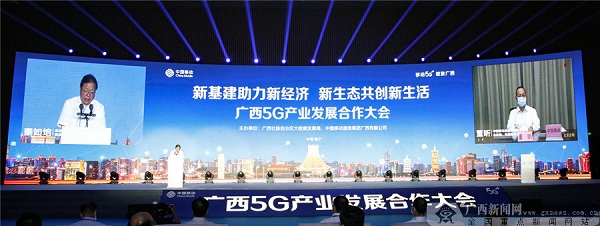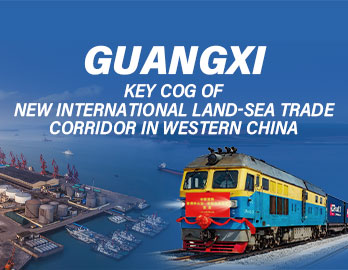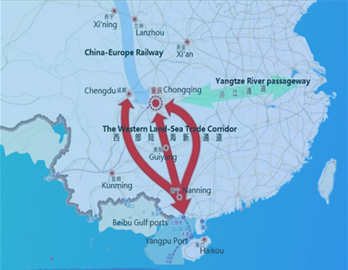Guangxi committed to developing 5G
Updated: 2020-07-08

The Guangxi 5G Industry Development Cooperation Conference is held in Nanning on July 6. [Photo by Wen Quan/gxnews.com.cn]
The Guangxi 5G Industry Development Cooperation Conference was held in Nanning, Guangxi Zhuang autonomous region on July 6, with more than 500 representatives from government departments, key industry enterprises, and other companies involved in the 5G industry chain participating, as well as nearly 6 million people watching online through its live stream.
The conference was co-sponsored by the Guangxi Big Data Development Bureau and China Mobile Guangxi Company.
China Mobile Guangxi Company launched 5G innovative applications, such as sending the first 5G message in the region and the Smart OTN government-enterprise network, as well as released the White Paper of Guangxi Mobile 5G Application Scenarios for 100 application scenarios in 14 key industries including industrial internet, smart energy, smart transportation, and smart medicine.
The company also signed 43 agreements on 5G industry cooperation with relevant government departments, representatives of various industries, and customers of demonstration projects. It also launched the DICT Alliance with 10 government departments to accelerate the construction of new 5G infrastructure.
Xi Yang, director of the Guangxi Big Data Development Bureau, noted that the bureau will work with partners to make full use of the leading role of 5G in terms of technology, talents, standards, and ecology. Construction of new 5G infrastructure will be accelerated, while the in-depth integration and development of 5G applications in various fields will be promoted.
At present, a total of more than 8,000 5G base stations have been built in the region, covering the urban areas of 14 cities. All 5A-level scenic spots and border ports in the region were promoted to achieve full 5G coverage, while 5G base station construction was completed in 184 colleges and universities, 50 transportation hubs, 54 3A-grade hospitals, as well as 61 industrial parks.



